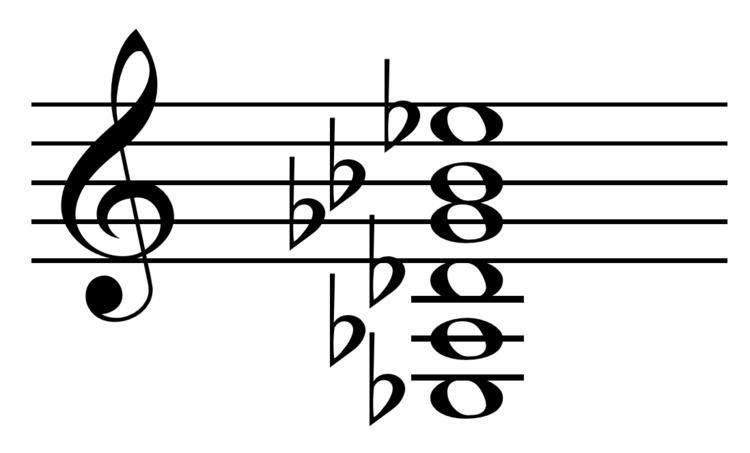 | ||
E♭ (E‐flat) tuning or D♯ (D‐sharp) tuning is an alternative form of guitar tuning. It is based on the standard guitar tuning, except that all of the strings are lowered by one half‐step. The result looks like this: E♭‐A♭‐D♭‐G♭‐B♭‐E♭ (or D#-G#-C#-F#-A#-D#). The guitar is usually played identically to standard tuning, resulting in a heavier tone without requiring the guitarist to learn different chords or fingering.
The tuning has a number of other features attractive to artists. It allows the use of heavier strings without decreasing playability. It can be used to accommodate a singer's vocal range. The tuning is also easier to play with a saxophone accompaniment (saxophones are usually tuned to B♭ or E♭). It can also be matched with the E♭ pentatonic minor scale formed by the black keys of a keyboard.
Blues legend Robert Johnson was one of the first to experiment with alternate guitar tunings such as E♭. Jimi Hendrix was also famous for tuning down a half-step and Stevie Ray Vaughan used it almost exclusively in his electric guitar playing, as did Slash of Guns N' Roses fame. The tuning remains very popular in rock and blues music, although some (like Pantera) tune down a quarter of a step.
